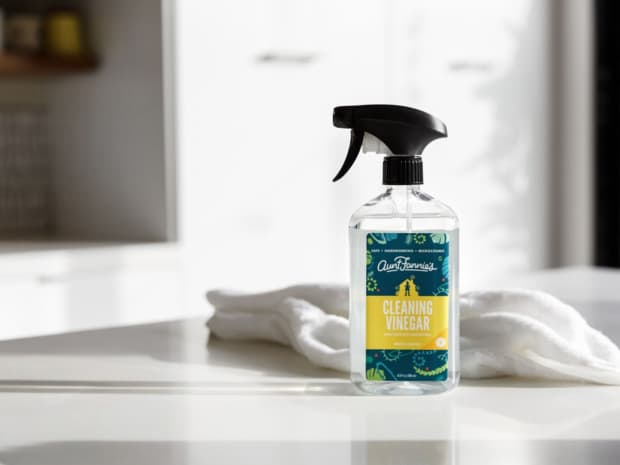Sometimes good old-fashioned water and soap is the best recourse. This cleaning method works both for surface cleaning and deep cleaning of your yoga mat. For light cleaning, you can mix together water and about a spoonful of dish soap in a spray bottle. Spray onto the mat and wipe it clean with a soft towel. This quick and easy cleaning method works great on yoga mats with a closed-cell structure.
However, if your mat requires heavy, deeper cleaning, then it needs a proper bath. In that case, you’ll need a large sink. Or you can use the tub or an inflatable pool. Simply fill it with water and add a small amount of dish soap. Put the yoga mat in the water to soak for a while and then scrub it clean. Once all the dirt and grime is removed, rinse it with clean water and wring out any excess from the mat.
Once it’s clean and wrung out, you can roll it up with a towel and step on it to remove excess water from the mat using pressure. Then spread it out or hang it up somewhere and allow the mat to air dry.









